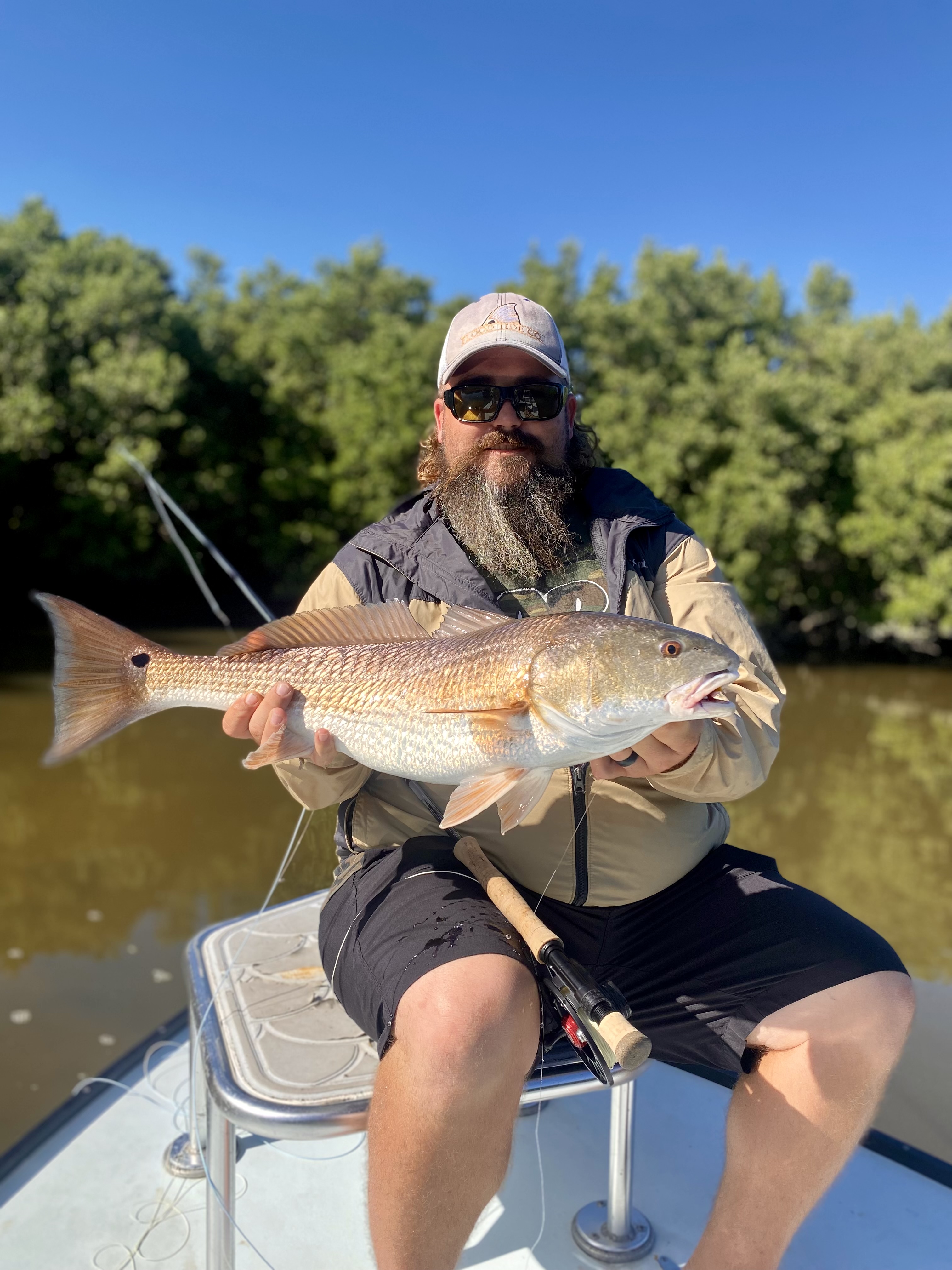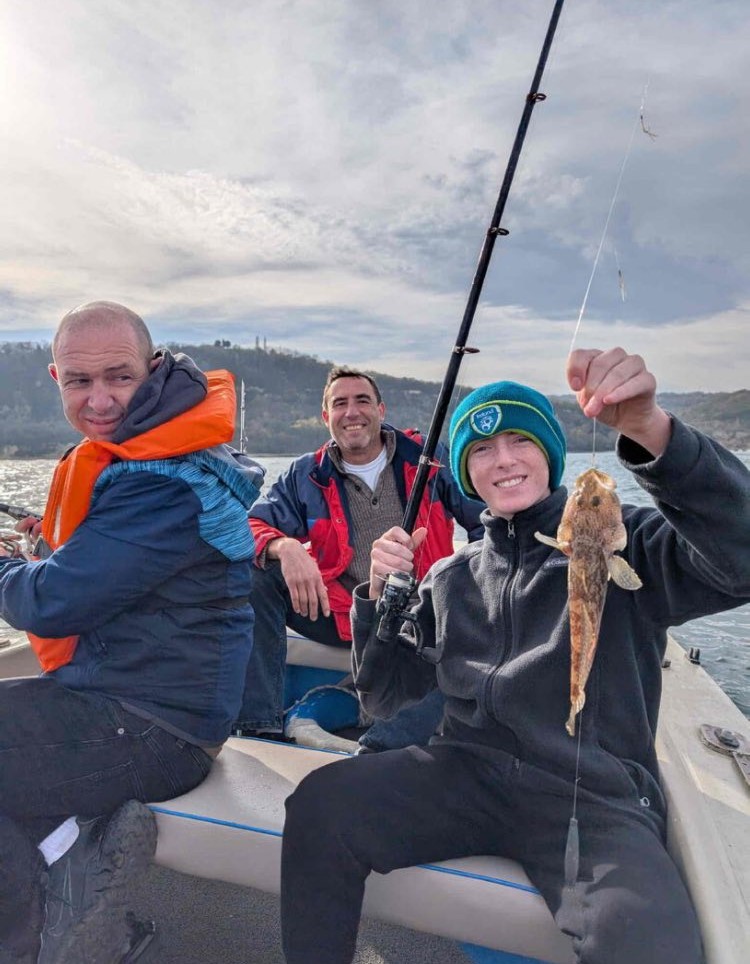Deep Sea Fishing in Playa Herradura
Full Day Offshore
Inshore Fishing in Mount Pleasant
Gigging Trip
Deep Sea, Nearshore Fishing in Pompano Beach
Trolling Quick Trip Pompano Beach
Inshore, Nearshore Fishing in San Diego
Inshore Or Coastal San Diego
Inshore, Nearshore Fishing in San Diego
Epic Coastal Or Inshore Fishing
Offshore San Diego
Epic Offshore San Diego
Inshore, Flats Fishing in Pineland
Fly Fishing Pineland
Black Sea Trips
Deep Sea, Nearshore Fishing in Islamorada
6 Hour 3/4 Day
We started Captain Experiences to make it easy to book fishing and hunting guides around the world. With over 2,000 Damn Good Guides, our platform makes finding and booking a trip seamless. Head here to check out our trips.
Fishing Reels
Fishing reels are an integral part of an effective fishing setup. Whether fishing for pelagic species in deep offshore waters or plucking bluegill out of a creek, the reel allows anglers to target and land fish with precision. The four main styles of fishing reels are spinning reels, bait casting reels, conventional reels, and fly fishing reels. These four reels have been in continuous use by anglers for more than 100 years. Here’s a breakdown of how these reels are used and what their limitations are.
Spinning Reels
Spinning reels use an oscillating arm to spin line around a stationary spool while reeling. On a cast, the arm and bail are moved out of the way which allows line to freely spool out. The low resistance of a spinning reel allows for better casting distances than any other reel. Spinning reels come in a variety of sizes which allow anglers to use them for small freshwater fish to medium sized offshore species. The construction of spinning reels makes them best suited for lighter baits.
Bait Casting Reels
Baitcasting reels use rotating spools to reel in line and cast. These reels have a line guide which helps to keep the line even on the spool. Baitcasting reels are designed to have exceptional casting distance and fast retrieve and are used to cast for small to medium fish in inland and inshore waters. These reels are better suited for throwing heavier hard baits that might be difficult on a spinning reel.

Conventional Reels
Conventional reels also use a rotating spool to reel line in. These reels will sometimes have line guides to help the line even across the spool. Conventional reels are designed for strength, line capacity, and angler comfort. Conventional reels are typically used for trolling lakes and offshore waters to catch the large fish. The stout construction of conventional reels makes them more difficult to cast but these reels excel at fishing the exceptionally big and heavy baits.
Fly Fishing Reels
Fly fishing reels are unique and used exclusively with fly rods. These reels are made to be spooled with thicker fly line and do not have the capacity of the previously mentioned reels. Line is stripped off the spool by hand while casting and make casting distance more dependent on line weight, rod length, and angler skill rather than the reel. The biggest differentiating factor for fly fishing reels is the drag systems they use. The drag system can have a huge impact on reel longevity and the reel quality required to catch certain fish varies from species to species.
How Drag Works
The drag system on most reels uses friction between two plates to regulate how much force is required to spool off line. On a spinning reel, the drag is usually set by twisting the knob on top of the spool. On conventional reels, the drag can be adjusted in one of two ways depending on the reel. The first type of drag is called star drag because it uses a star-shaped wheel next to the crank to tighten and loosen drag. The second type is lever drag which uses a sliding lever to adjust the tension in the drag system.
While all of these reels and drag systems are used effectively every day by anglers around the world, there are pros and cons to each. For spinning reels and star drag, there’s no way to see how much you’ve adjusted the drag. This makes setting and adjusting the drag something that is done by slowly working it until it’s just right. On conventional reels with lever drag, the drag setting can be seen on top of the reel. This also makes it possible to know how much it’s been adjusted or set it at a predetermined setting.
Gear Selection
The four types of reels allow anglers to options to target different fish in various ways. The different styles of fishing that each reel is best suited for have led many anglers to become loyal to one type of reel. The array of reel options also makes it possible to change setups to be more effective in a given situation. With a better understanding of the most common reels available, you can decide which one is right for you.
Joey Butrus
Updated on August 2, 2023

April 26, 2022

November 7, 2023

June 22, 2022

November 15, 2023

August 21, 2023
Related Articles
April 18, 2022
April 6, 2023
December 2, 2021
Featured Locations
- Fishing Charters Near Me
- Austin Fishing Guides
- Biloxi Fishing Charters
- Bradenton Fishing Charters
- Cabo San Lucas Fishing Charters
- Cancun Fishing Charters
- Cape Coral Fishing Charters
- Charleston Fishing Charters
- Clearwater Fishing Charters
- Corpus Christi Fishing Charters
- Crystal River Fishing Charters
- Dauphin Island Fishing Charters
- Daytona Beach Fishing Charters
- Destin Fishing Charters
- Fort Lauderdale Fishing Charters
- Fort Myers Fishing Charters
- Fort Walton Beach Fishing Charters
- Galveston Fishing Charters
- Gulf Shores Fishing Charters
- Hatteras Fishing Charters
- Hilton Head Fishing Charters
- Islamorada Fishing Charters
- Jacksonville Fishing Charters
- Jupiter Fishing Charters
- Key Largo Fishing Charters
- Key West Fishing Charters
- Kona Fishing Charters
- Lakeside Marblehead Fishing Charters
- Marathon Fishing Charters
- Marco Island Fishing Charters
- Miami Fishing Charters
- Montauk Fishing Charters
- Morehead City Fishing Charters
- Naples Fishing Charters
- New Orleans Fishing Charters
- New Smyrna Beach Fishing Charters
- Ocean City Fishing Charters
- Orange Beach Fishing Charters
- Panama City Beach Fishing Charters
- Pensacola Fishing Charters
- Pompano Beach Fishing Charters
- Port Aransas Fishing Charters
- Port Orange Fishing Charters
- Rockport Fishing Charters
- San Diego Fishing Charters
- San Juan Fishing Charters
- Sarasota Fishing Charters
- South Padre Island Fishing Charters
- St. Augustine Fishing Charters
- St. Petersburg Fishing Charters
- Tampa Fishing Charters
- Tarpon Springs Fishing Charters
- Venice Fishing Charters
- Virginia Beach Fishing Charters
- West Palm Beach Fishing Charters
- Wilmington Fishing Charters
- Wrightsville Beach Fishing Charters


































